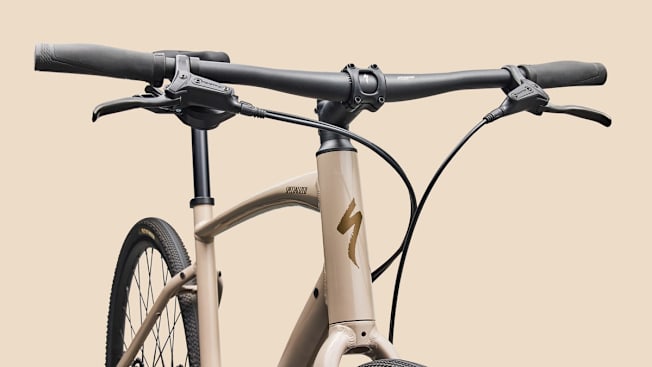3 Best Fitness Road Bikes of 2026, Expert-Tested and Reviewed
These standout models are our top picks for a wide range of riders, whether you're commuting to work or school, or getting exercise on roads or gravel paths
When you shop through retailer links on our site, we may earn affiliate commissions. 100% of the fees we collect are used to support our nonprofit mission. Learn more.

Fitness road bikes are designed to appeal to a wide range of riders. Unlike their drop bar siblings, which are built for speed and ultimate performance, fitness road bikes are for people interested in health and wellness as well as sustainable, budget-friendly transportation.
While e-bikes receive the most attention, road bikes were the largest revenue-generating bike category in North America, according to Grand View Research. In the U.S., 39 percent of consumers report that they used a traditional (nonmotorized) bicycle in 2024, according to Mintel, a market intelligence company.
How to Choose a Fitness Road Bike
Know the terrain. Cyclists riding mostly on streets, sidewalks (where legal), or paved trails should look for a bike with narrower tires, which roll more easily on hard ground. But for rides on unpaved rail trails or even some gravel roads, focus on a bike that comes with fatter tires that have a tread to grip loose terrain better.
Dial in the pressure. More and more bikes come set up to use tubeless tires or can be converted to use tubeless tires. This is exactly what it sounds like: The tire mounts to the wheel and doesn’t use an inner tube. The benefit is that they can run at a lower air pressure, which provides some cushioning from impacts. But riders will have to apply a special sealant inside the tire to keep air from leaking out.
For wheels that use tubes, play with the air pressure to find a balance between being too hard and too soft. If the tube is inflated to max pressure, the tire will be very hard and transmit impacts to the rider. But go too soft and the tire could compress too much over a bump, ripping the tube inside. A bike shop’s sales or service department can help determine the optimal air pressure.
Look for the best brakes. While nearly all bikes today come with disc brakes, CR’s experts say to focus on hydraulic disc brakes rather than mechanical ones. Hydraulic brakes work like the ones in a car, using fluid that makes the brakes grip when the lever is pressed. Mechanical brakes use a cable that pulls the brakes closed. They’re difficult to modulate, slowing the bike and adjusting the pressure as the bike stops. Plus, the cables used with mechanical brakes will stretch with use, which means the brakes may become less effective over time.
Consider the frame type. Some bikes have a top tube that’s nearly horizontal to the ground, like a traditional road racing bike, while others have a tube that slopes down. The latter is easier to step over but may cause some fit issues, such as toe overlap, which occurs when your foot comes in contact with the front wheel when turning and pedaling. A dedicated bike shop will help you find a bike that properly fits you, something that’s a challenge when buying online or from a big-box store.
Add racks and bottles. Make sure that the bike has the necessary mounting spots for water bottles. (Two is a minimum if you plan multihour rides.) If you plan to ride in wet weather, make sure there are mounts for front and rear fenders. Rack mounts are a necessity if carrying bulky items is important.




























